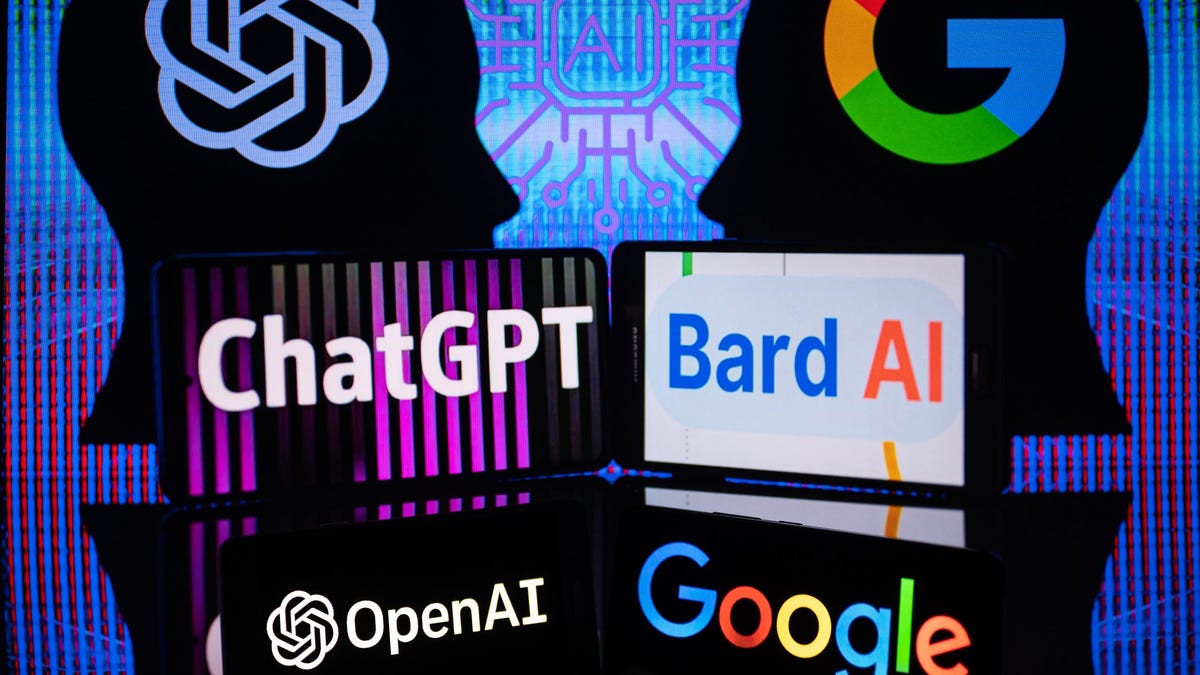Google has announced the launch of its newest artificial intelligence (AI) chatbot, Bard, which is designed to compete with OpenAI’s ChatGPT. This new chatbot will enable users to have natural and more human-like conversations with their AI assistants, ultimately improving the user experience.
The announcement of Bard comes in response to the increasing demand for AI chatbots that can assist users in various tasks, ranging from scheduling appointments to ordering food. Google’s new chatbot has been designed to offer a more personalized and human-like experience, improving on the existing capabilities of its Google Assistant.
How does Bard work?
Bard is an AI chatbot that has been trained on a vast amount of data, including conversations between humans and other chatbots. This allows it to understand and respond to user queries in a natural and conversational way, making it easier for users to interact with their AI assistant.
Unlike traditional chatbots that rely on pre-programmed responses, Bard uses natural language processing (NLP) to analyze user queries and provide appropriate responses. This means that users can ask Bard any question, and it will provide an accurate and relevant response.
What sets Bard apart from other chatbots?
Bard is different from other chatbots in several ways. Firstly, it has been designed to offer a more personalized experience to users. This means that it can understand user preferences and tailor its responses accordingly.
Secondly, Bard is more conversational than other chatbots, making it easier for users to interact with. It can understand and respond to natural language queries, which means that users do not have to use specific keywords or phrases to get the information they need.
Thirdly, Bard is powered by Google’s advanced AI technology, which means that it can learn and improve over time. This means that as users interact with Bard, it will become better at understanding their queries and providing accurate responses.
How will Bard compete with ChatGPT?
ChatGPT is currently one of the most advanced AI chatbots in the market. It has been designed to offer a more human-like conversation experience, with the ability to understand and respond to natural language queries.
Bard is designed to offer similar capabilities to ChatGPT, but with a more personalized and conversational approach. Google has a massive advantage in the AI space, thanks to its vast resources and access to data. This means that Bard has the potential to compete with ChatGPT on several levels.
What are the potential use cases for Bard?
Bard has several potential use cases, ranging from personal assistants to customer service chatbots. It can be used to assist users with various tasks, such as scheduling appointments, ordering food, or providing information on a particular topic.
For businesses, Bard can be used to improve customer service, providing customers with a personalized and conversational experience. It can also be used to automate tasks, such as scheduling appointments or handling customer inquiries, freeing up staff to focus on more complex tasks.
What are the implications of Bard’s launch?
The launch of Bard has several implications for the AI chatbot market. Firstly, it highlights the increasing demand for AI chatbots that can provide a personalized and conversational experience. This means that other companies are likely to follow Google’s lead and invest in developing similar AI chatbots.
Secondly, the launch of Bard is likely to intensify competition in the AI chatbot market, with other companies competing to develop more advanced and personalized chatbots. This will ultimately benefit users, who will have access to more advanced and capable chatbots.

